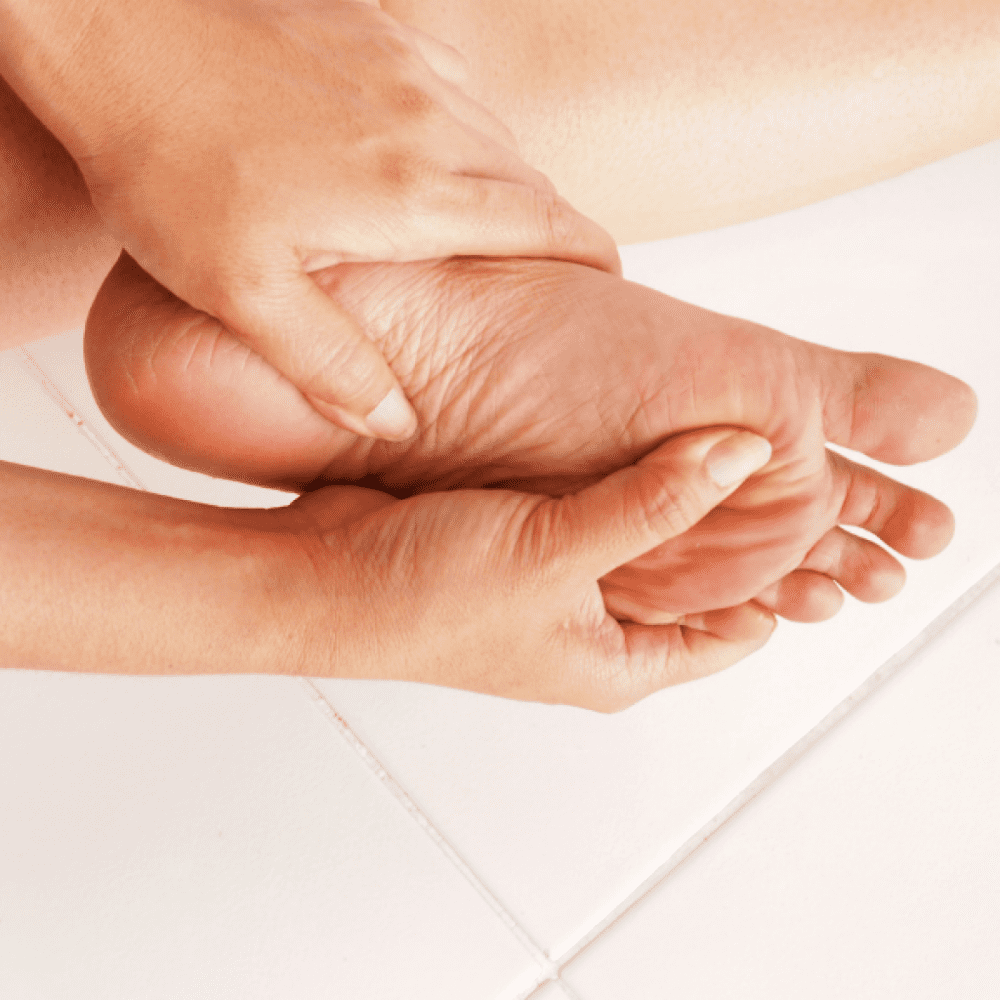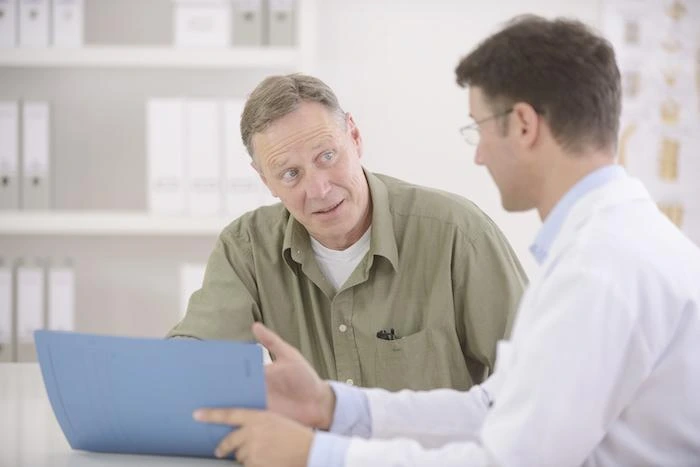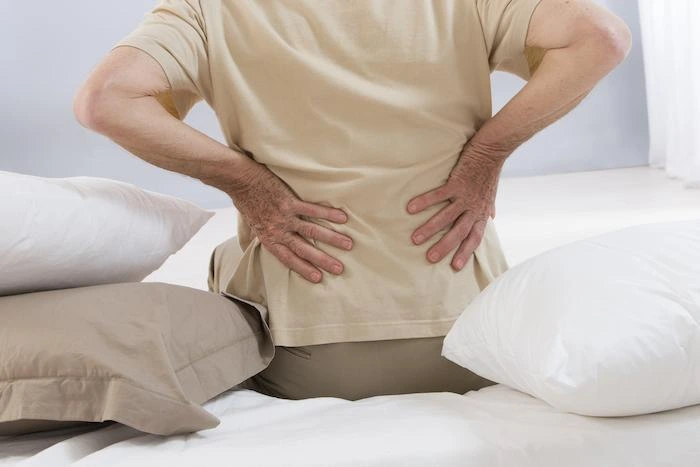Your feet feel weak, and the problem affects your gait, causing you to stumble. You know the issue doesn’t stem from fatigue, and you want to figure out what’s behind the weakness.
A strong possibility could be lumbar spinal stenosis, which affects about 11% of older adults in the United States.
To help you determine whether lumbar spinal stenosis may be causing the unexplained weakness in your feet, Dr. Anjum Bux and the rest of the team here at Bux Pain Management take a closer look at this common condition.
Behind lumbar spinal stenosis
At its core, lumbar spinal stenosis (LSS) is a condition in which there’s a narrowing in your spine that compresses one or more of your spinal nerves.
In most cases, LSS occurs due to degenerative changes in your spine that develop over time. Called spondylosis, these changes can affect several different structures and tissues along your spine, including your:
Behind lumbar spinal stenosis
At its core, lumbar spinal stenosis (LSS) is a condition in which there’s a narrowing in your spine that compresses one or more of your spinal nerves.
In most cases, LSS occurs due to degenerative changes in your spine that develop over time. Called spondylosis, these changes can affect several different structures and tissues along your spine, including your:
Facet joints
If you develop arthritis in these small joints along your spine, they can grow larger and compress spinal nerves.
Intervertebral discs
As you get older, your discs lose moisture and become flatter. This added circumference can then compromise spinal nerves.
Ligaments inside your vertebral canal
Another age-related problem is a thickening in the ligaments inside your vertebral canal, which can squeeze spinal nerves.
The reason stenosis more commonly occurs in your lumbar spine (as well as your cervical spine) is that these areas enjoy more movement, which places them at greater risk for degeneration.
The symptoms of lumbar spinal stenosis
In many cases, LSS can be asymptomatic, meaning the narrowing isn’t leading to any symptoms. For those who develop symptoms, one of the most common is pain in your lower back and your legs, especially when you stand or walk. This discomfort is often remedied by sitting down or leaning forward, relieving the pressure on the spinal nerve.
Outside of pain, other symptoms can develop, including numbness, tingling, and /or weakness in your lower legs and feet.
This weakness in your lower extremities can lead to a condition we call foot drop. As you walk, you can’t keep the front of your foot up, and it slaps down to the ground. As you can imagine, this can cause you to stumble and lose your balance quite a bit.
Diagnosing and treating LSS
If you’re experiencing unexplained weakness in your feet, we urge you to come see us so that we can identify whether the problem is spine-related. Using advanced imaging, we can quickly figure out whether you’ve developed stenosis in your lower back that may be responsible for the weakness in your feet.
If we discover LSS, there are many treatment options, depending upon the severity of your symptoms. In its early stage, we may suggest conservative steps, such as physical therapy and over-the-counter anti-inflammatory medications.
If these fail to resolve your foot weakness, we can explore procedures that relieve the pressure on your spinal nerves, such as Vertiflex® and the mild® procedure, both of which are excellent options.
Before we get ahead of ourselves, we want you to schedule an appointment with us so that we can determine whether LSS is causing your foot weakness. To get started, please contact one of our four offices in Lexington, Cynthiana, Maysville, or Danville, Kentucky.







